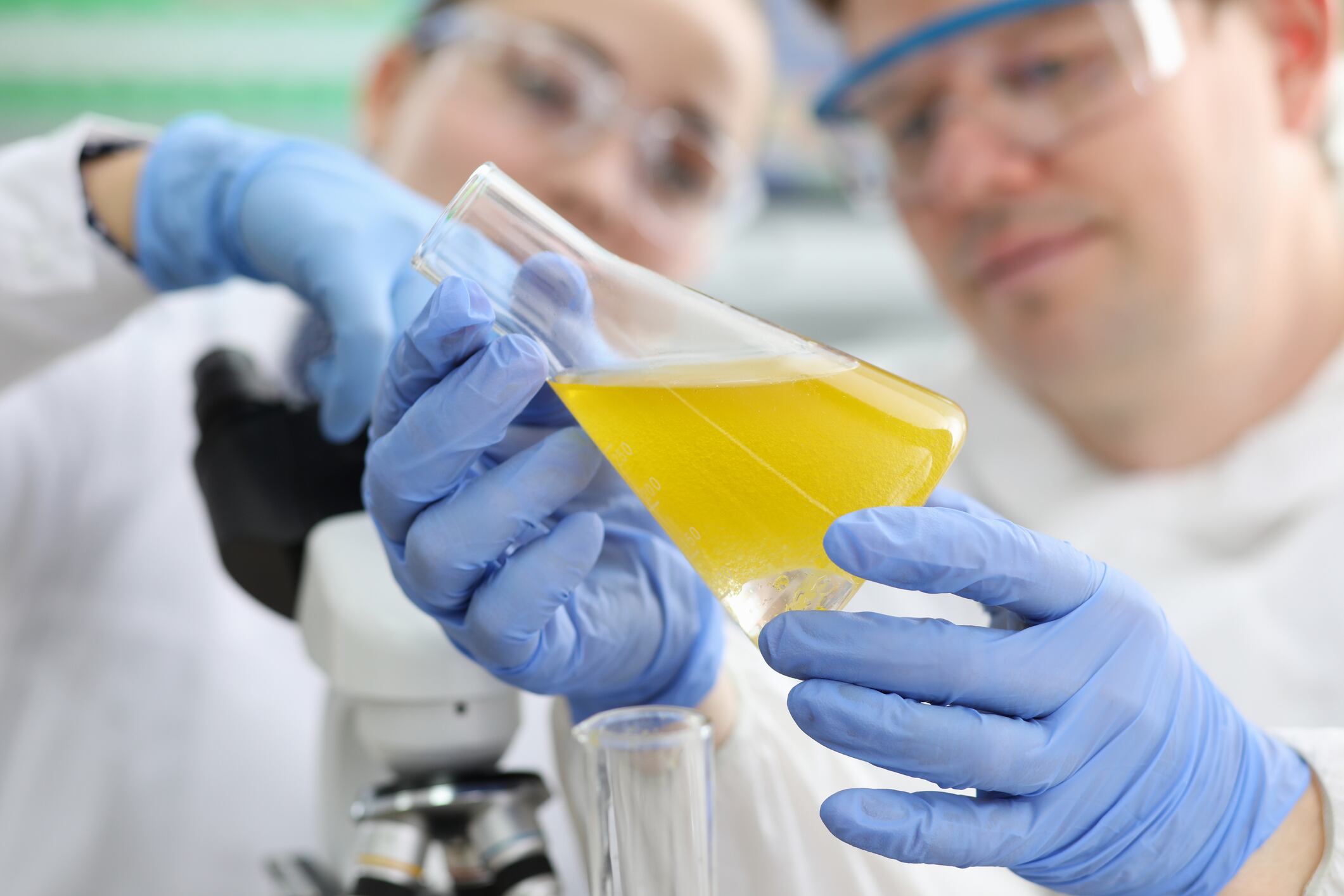Whilst consumers are increasingly interested in protein-boosted food and drink, there is also a growing audience searching for non-animal sources of protein. As such, soy and pea protein isolates (SPI and PPI) are increasingly popular for product development.
Polyphenols (PP) are bioactive compounds with strong antioxidant and anti-inflammatory activities linked to a host of positive health outcomes. However, good sources of PP often have short shelf lives and the compounds are known to be chemically unstable in storage.
However, the mixing of PP with proteins has been reported to significantly change protein structures (Rawel et al. 2005), and potentially aid in the protection and delivery of bioactives (Cao & Xiong 2017; Ma & Zhao 2019; Quan et al. 2019).
Liquid formulations containing WPI, sucrose, and Aronia berry extract (a rich source of PP) have been found to exhibit measurable changes in physicochemical properties, attributed to molecular bonds formed between PP and proteins (Hansen et al. 2021a).
Additionally, plant-based protein sources including SPI and PPI tend to retain low levels of lipids that can oxidise over time, and so the authors of the current study hypothesised that mixing these with PP may help mitigate negative effects due to their antioxidant activity.
The study
The researchers from the University College Cork, in Ireland, therefore aimed to investigate whether Aronia PP would interact with SPI and PPI.
The authors hypothesised that formulations containing PPI and hydrolysed SPI may exhibit increased viscosities and decreased aggregate sizes due to enhanced protein-PP interactions.
Concentrated liquid dispersions of varied ratios of protein to sucrose contents, containing different protein isolates (WPI, SPI, and PPI), and varied Aronia PP concentrations were formulated, and physical properties were evaluated to elucidate the effects of PP addition.
Physical properties evaluated included: water hydration capacity, flow testing, viscosity, particle size distribution, centrifuge separation and frozen drop diameters.
Results
The addition of PP was found to have effects in SPI and PPI dispersions and this was more extensive than observed in WPI formulations. Increased viscosities and particle sizes were observed for SPI dispersions, while PPI formulations were observed to have reduced viscosities and particle sizes and increased surface tensions.
The authors say these finding can be utilised in the development of functional food and drink. The report states: "Findings from this study may be used practically for further applications such as stabilisation and delivery of actives, as well as inform the formulation and processing steps in the development of foods containing mixtures of proteins and fruit such as sports drinks, nutritional bars, smoothies, and yogurt, as well as puddings and frozen desserts in order to obtain desirable sensory properties."
Source: BMC Food Production, Processing and Nutrition
Hansen, M.M., Hartel, R.W. & Roos, Y.H.
"Effects of Aronia polyphenols on the physico-chemical properties of whey, soy, and pea protein isolate dispersions"


